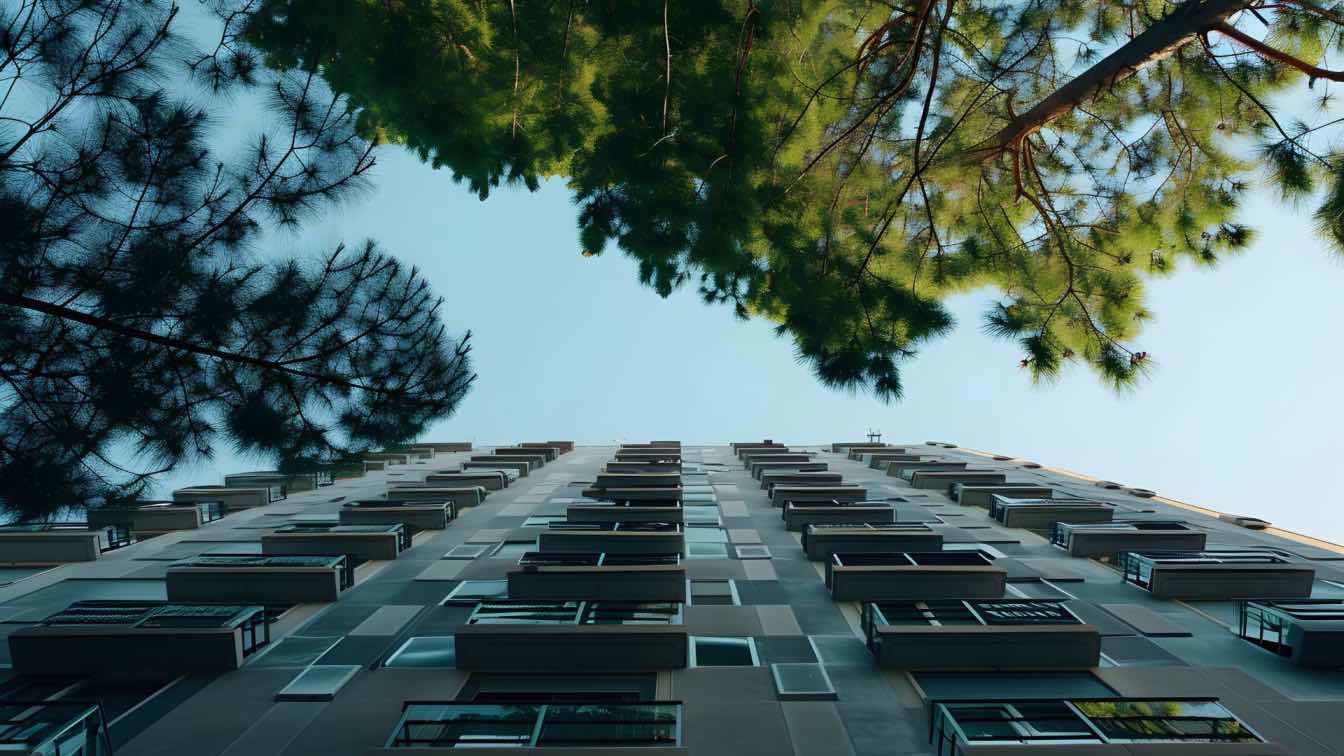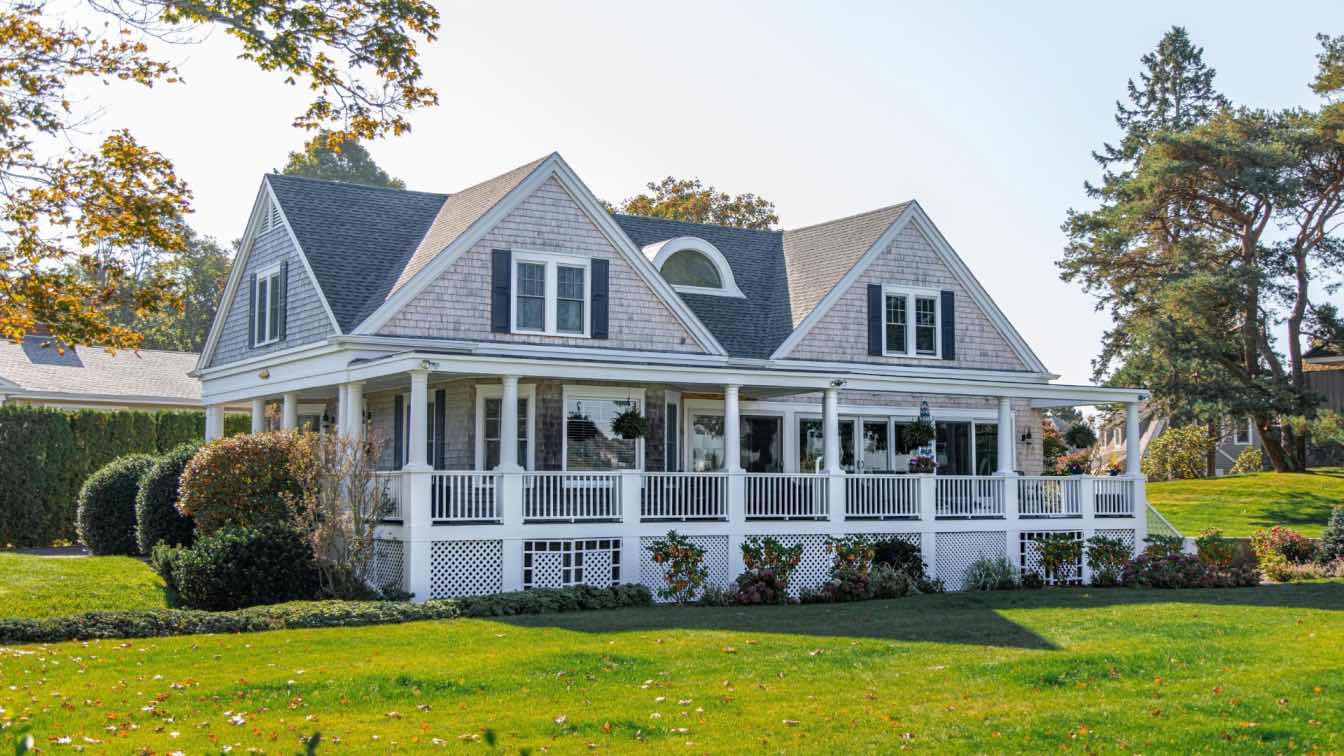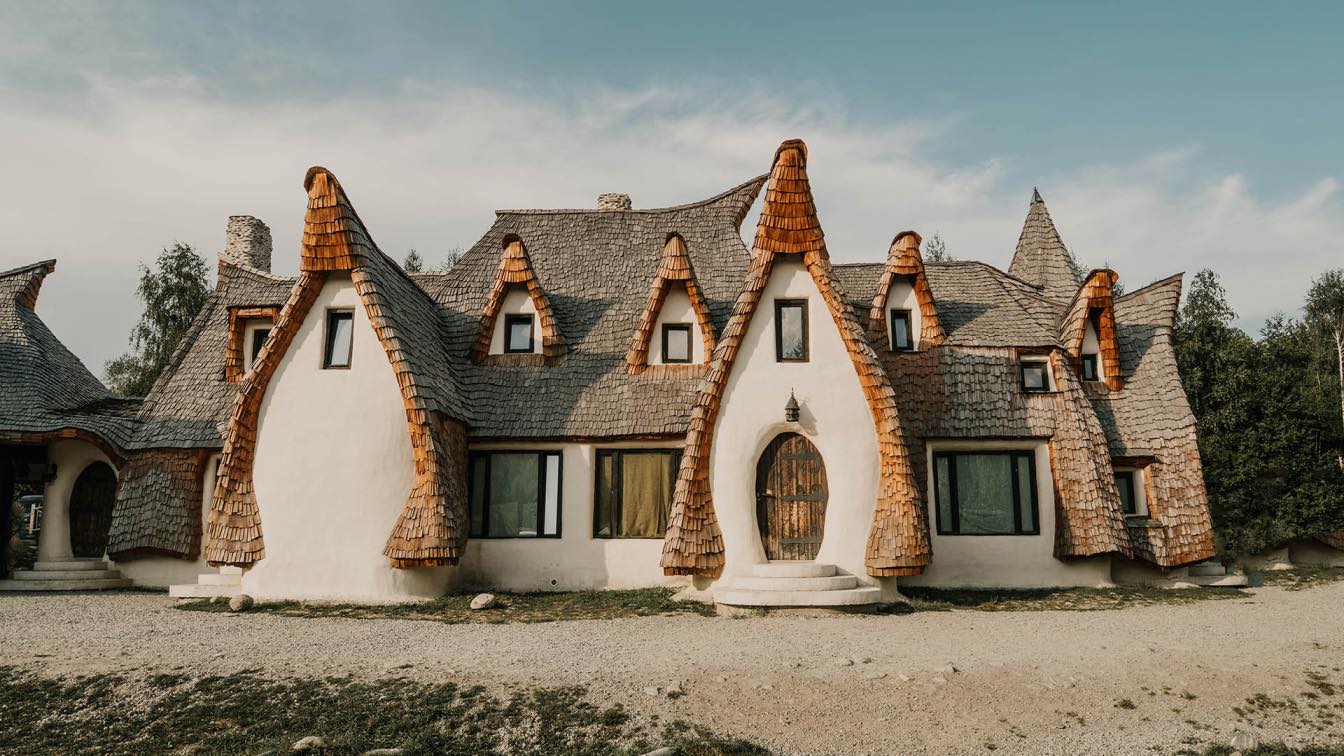In today's world, businesses are growing more aware of their impact on the environment. Commercial architecture is evolving to meet modern demands for sustainability. One way this is happening is through low-impact engineering. This approach minimizes environmental harm while still delivering strong, lasting buildings. By integrating Low Impact Development practices, architects and engineers can create structures that are efficient, cost-effective, and kind to our planet.
What Is Low-Impact Engineering?
Low-impact engineering is about designing and constructing buildings in a way that reduces negative effects on the environment. It focuses on smart material choices, energy efficiency, and minimal waste production. Instead of following traditional methods that often rely on heavy materials and high energy consumption, low-impact engineering encourages the use of sustainable resources. It involves:
Efficient Use of Materials: Choosing recycled or locally sourced materials that have a smaller carbon footprint.
Energy Efficiency: Integrating renewable energy sources, like solar or wind power, to reduce dependency on non-renewable energy.
Waste Reduction: Implementing practices that minimize construction waste and promote recycling.
Water Conservation: Using water-saving technologies and techniques to manage stormwater and reduce runoff.
By embracing these principles, architects and engineers work together to create buildings that not only serve their users but also protect natural resources.
Understanding Low Impact Development
Low Impact Development (LID) is another term often used in sustainable construction. It is a planning and design strategy aimed at managing stormwater and reducing environmental impacts. LID focuses on mimicking natural processes. Instead of channeling rainwater away with large drainage systems, LID practices encourage absorption and filtration on-site. This approach not only reduces flooding but also replenishes groundwater. Key elements of Low Impact Development include:
Rain Gardens: Landscaped areas that absorb rainwater, helping to filter pollutants before they reach waterways.
Green Roofs: Roof spaces covered with vegetation that improve insulation and reduce stormwater runoff.
Permeable Pavements: Surfaces that allow water to seep through, reducing puddles and runoff.
Bioswales: Shallow, vegetated channels designed to slow down and filter stormwater.
Integrating LID into commercial projects is a win-win situation. It helps the environment while reducing costs related to water management and infrastructure.
Benefits for Sustainable Commercial Architecture
Combining low-impact engineering with Low Impact Development can transform commercial buildings in many ways. Here are some key benefits:
Environmental Benefits
Reduced Pollution: By lowering energy consumption and water runoff, these approaches help to decrease air and water pollution.
Resource Conservation: The use of sustainable materials and practices ensures that natural resources are preserved for future generations.
Habitat Protection: Minimizing environmental disruption protects local flora and fauna, maintaining biodiversity around construction sites.
Economic Advantages
Lower Operational Costs: Energy-efficient systems and water-saving technologies can cut long-term operating costs.
Increased Property Value: Buildings that are eco-friendly often have higher market value and appeal to a growing segment of eco-conscious tenants and buyers.
Regulatory Incentives: Many local governments offer tax breaks and grants for projects that incorporate sustainable practices.
Social Impacts
Improved Health and Comfort: Green buildings often provide better indoor air quality and natural lighting, contributing to a healthier work environment.
Community Engagement: Sustainable projects can boost community pride and encourage local involvement in environmental initiatives.
Resilience to Climate Change: Buildings designed with low-impact engineering are often better equipped to handle extreme weather events, ensuring safety and continuity.
Practical Steps to Implement Low-Impact Engineering
When planning a sustainable commercial project, there are several practical steps to follow. These steps ensure that the design remains both innovative and environmentally friendly:
1. Site Analysis:
Begin by evaluating the building site. Consider the local climate, topography, and natural water flow. This helps in designing systems that work with the environment rather than against it.
2. Material Selection:
Choose materials that are durable, recyclable, and locally sourced. Avoid those that have a heavy environmental footprint. Sustainable options include reclaimed wood, recycled steel, and low-VOC (volatile organic compound) paints.
3. Energy Planning:
Incorporate renewable energy sources. Solar panels, wind turbines, and geothermal systems can power the building while reducing reliance on fossil fuels.
4. Water Management:
Plan for efficient water usage. Install low-flow fixtures and use rainwater harvesting techniques to make the most of every drop. Techniques like green roofs and permeable pavements play a crucial role in Low Impact Development.
5. Waste Management:
Develop a strategy to handle construction and operational waste. Recycling and reuse plans can significantly reduce the environmental impact.
6. Monitoring and Adaptation:
Once the building is complete, monitor its performance. Use smart systems to track energy and water usage and be ready to adjust practices to improve efficiency further.
Case Studies and Real-World Applications
Many companies are already leading the way in sustainable design. For example, a number of commercial buildings now feature green roofs, solar panels, and state-of-the-art water management systems. These examples highlight how low-impact engineering can be practically applied to create buildings that are both functional and eco-friendly.
Office Complexes: Modern office buildings have adopted energy-efficient designs with large windows that maximize natural light and reduce the need for artificial lighting.
Retail Centers: Some shopping centers have installed permeable pavement and rain gardens to manage stormwater, making them less prone to flooding and more attractive to environmentally conscious shoppers.
Industrial Parks: Factories and warehouses are now using renewable energy sources and sustainable materials to lower their overall environmental impact.
In many regions, firms such as Pape-Dawson Engineers providing top services in Florida and Texas are setting a high standard by integrating low-impact engineering principles into their projects. Their work demonstrates how sustainable practices can be seamlessly incorporated into commercial design.
Overcoming Challenges in Sustainable Design
Adopting low-impact engineering and Low Impact Development is not without challenges. Some common hurdles include:
Initial Costs:
Sustainable materials and technologies can sometimes be more expensive upfront. However, the long-term savings and environmental benefits often outweigh these initial investments.
Regulatory Barriers:
Zoning laws and building codes may not always accommodate new sustainable practices. It is important for developers to work closely with local authorities to ensure compliance while pushing for innovation.
Technological Limitations:
In some cases, the latest green technologies might not be available or feasible in all regions. Staying updated with technological advances and local market conditions is crucial for success.
Education and Training:
Architects, engineers, and builders must be trained in new techniques and sustainable practices. Continuous education is key to overcoming resistance and ensuring the best outcomes.
Despite these challenges, the benefits of sustainable design are clear. The growing demand for green buildings is pushing the industry to innovate and overcome these barriers. With collaboration between stakeholders, the obstacles can be addressed, leading to more sustainable and resilient commercial structures.
Future Trends in Low-Impact Engineering
The future of commercial architecture lies in innovative, sustainable design. As technology evolves and awareness grows, we can expect to see even more exciting developments in low-impact engineering. Some trends to watch include:
Smart Building Systems:
Advances in technology are leading to the creation of smart buildings that automatically adjust energy use based on occupancy and environmental conditions. These systems make buildings more efficient and reduce waste.
Integrated Renewable Energy:
Future commercial buildings are likely to incorporate a mix of renewable energy sources. This not only reduces carbon footprints but also provides reliable energy even during power outages.
Enhanced Water Management Techniques:
As water scarcity becomes a more pressing issue, innovative methods for managing and reusing water will become a cornerstone of sustainable design.
Community-Centric Designs:
There is a growing trend toward designing buildings that benefit the community. This includes spaces that are multifunctional and environmentally friendly, creating a more connected and sustainable urban landscape.
Lifecycle Analysis:
More companies are looking at the full lifecycle of a building—from construction to demolition—to minimize environmental impacts at every stage.
Conclusion
Low-impact engineering and Low Impact Development are not just buzzwords; they represent a significant shift in how we design and build our commercial spaces. By focusing on sustainable materials, energy efficiency, and smart water management, these approaches create buildings that are good for business and the environment.
Commercial architecture that adopts these practices stands at the forefront of the green movement. It shows that with thoughtful design and planning, we can build structures that meet our needs today while preserving resources for tomorrow. Whether it's through the integration of renewable energy, efficient water management, or the use of eco-friendly materials, sustainable design is reshaping our urban landscapes.
As we continue to push for greener solutions, the lessons learned from low-impact engineering and Low Impact Development will pave the way for a more sustainable future. The journey may come with challenges, but the benefits—environmental, economic, and social—are well worth the effort.
By embracing these innovative practices, developers and architects can create spaces that stand the test of time, contributing to a healthier planet and a more sustainable way of life for everyone.





